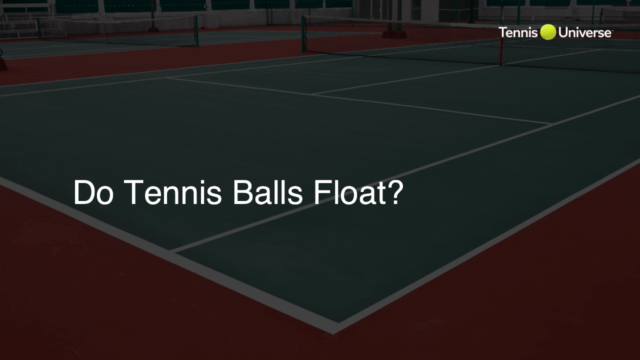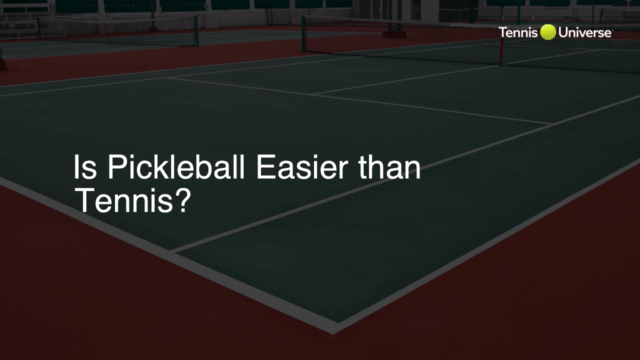The height of a tennis net is 3 feet (0.914 meters) at the center and 3.5 feet (1.07 meters) at the posts on each side.
Tennis Net Height Explained
For those curious about the height of a tennis net, it plays a crucial role in the game of tennis. The tennis net serves as the barrier between two players, requiring them to hit the ball over the net with skillful strokes.
Center Height
The standard height of a tennis net at the center is 3 feet (0.914 meters). This measurement is taken from the ground to the top of the net.
Height at Posts
Being slightly higher at the posts, the tennis net height is often 3.5 feet (1.07 meters). These posts support the net and ensure its proper tension and positioning during the match.
Why Tennis Net Height Matters
A net of appropriate height is essential as it influences both the players’ shot selection and the overall dynamics of the match. With a net that is either too high or too low, the game can become too easy or too challenging, respectively, and ultimately affect the players’ performance.
Playing with a Tennis Racket
Using a suitable tennis racket, a player must hit the ball high enough to clear the net, but not too high, as it may land out of bounds. A well-maintained tennis net of standard height allows players to maintain consistency and be more strategic during the game.
Adjusting Tennis Net Height
When setting up a tennis court, it is important to ensure that the tennis net is at the correct height. This can be done by using a measuring tape or a center strap. A center strap is used to maintain the net height at the center, while the posts keep the net in position at the sides. Always make sure that the net and the center strap are in optimal condition for a proper playing experience.
Doubles Vs. Singles Tennis Nets
Although the height of a net remains consistent across singles and doubles tennis, the width of the court varies. Doubles courts are wider, leading to longer nets for doubles games as compared to singles games. Therefore, when setting up a tennis court for a particular match type, consider the court dimensions and net measurements accordingly.
Quick Tennis Tips
When playing tennis, it’s crucial to keep the net height in mind when hitting shots, as proper technique, positioning, and strategy can heavily rely on it. Here are a few tennis tips to excel on the court:
- Practice hitting consistent groundstrokes, both forehand and backhand, to clear the net comfortably and with accuracy.
- Apply topspin when striking the ball to impart added safety and depth in your shots, so it clears the net and dips into the opponent’s court.
- Develop effective volleys and approach shots that can be played with precision, clearing the net without offering an easy response for your opponent.
- Pay attention to your opponent’s position on the court and use the net to your advantage, exploiting any gaps or weak spots in their defense.
By mastering these tennis tips and strategies, you’ll improve your overall game and make the most of the tennis net’s height and role in your matches.
FAQ Section
Here are a few frequently asked questions and their concise answers for anyone curious about the topics covered in this post:
What is the standard height of a tennis net at the center?
The standard height of a tennis net at the center is 3 feet (0.914 meters).
What is the standard height of a tennis net at the posts?
The standard height of a tennis net at the posts is 3.5 feet (1.07 meters).
Why is the height of the tennis net important?
Net height is important as it influences the players’ shot selections and the overall dynamics of the match, affecting the players’ performance and making the game more interesting and strategic.
Are there differences in net height for singles and doubles matches?
No, the net height remains the same for both singles and doubles matches. However, the width of the court and length of the net differ between singles and doubles games.
What are some tennis tips for playing with the net in mind?
Some tips for playing with the net in mind are practicing consistent groundstrokes, applying topspin, developing effective volleys and approach shots, and focusing on exploiting opponent’s weaknesses by targeting gaps or weak spots in their defense.











